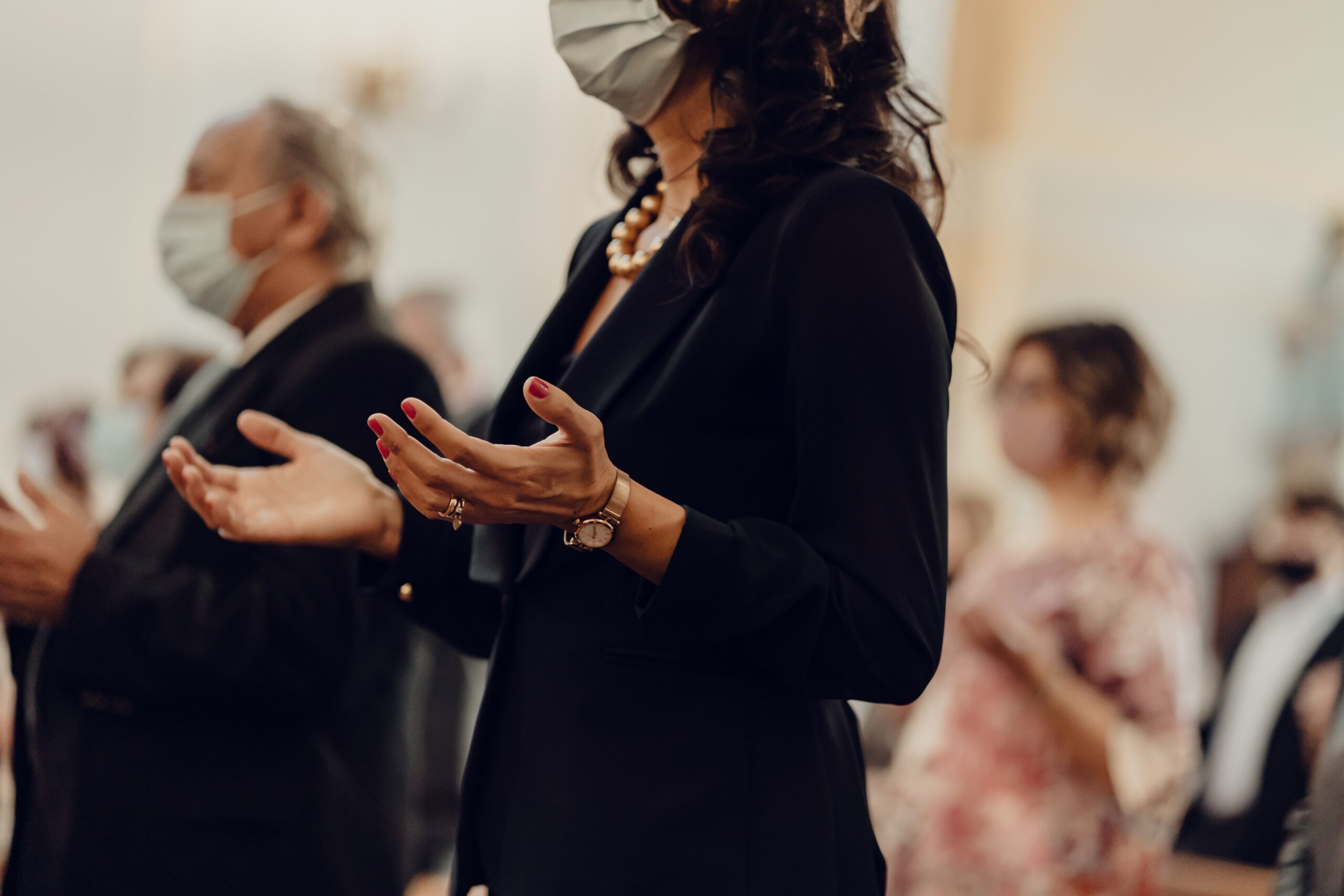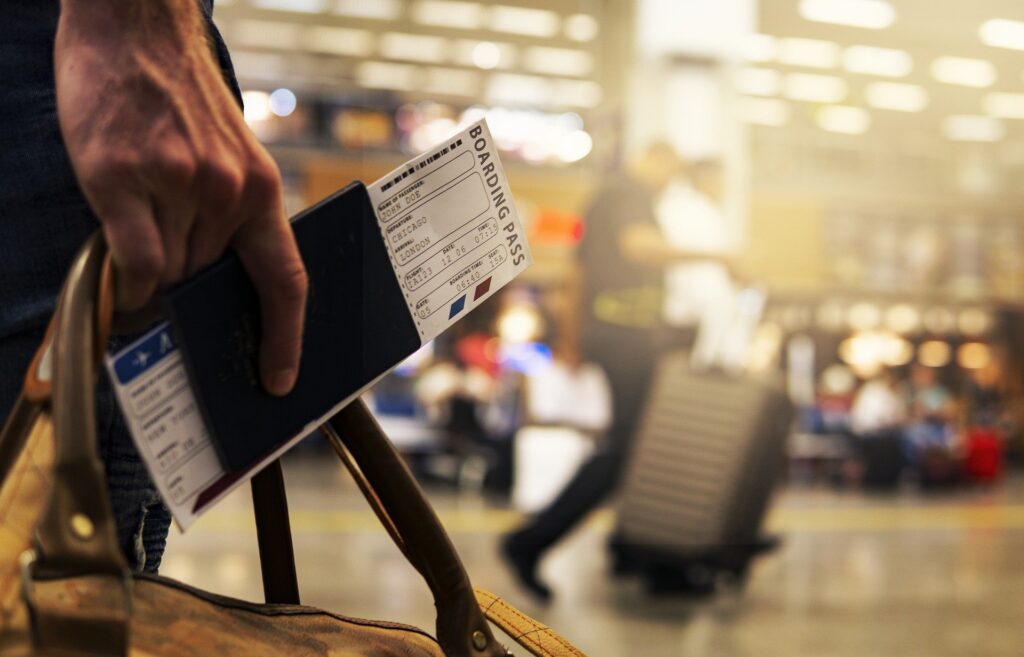The Austrian Bishops’ Conference has reacted to new government requirements that allow regionally autonomous approaches to Corona control. While it was already stated that the respective local bishop could issue detailed regulations for parishes in a region or, if necessary, for his entire diocese, the new framework order, which was published on Tuesday, March 23, at www.bischofskonferenz.at/behelfe/corona-rahmenordnung, states that a bishop must make these adjustments following the state legal situation.
Literally, a footnote to the framework states, “If regional tightening of the state legal situation occurs, the diocesan bishop must also order corresponding tightening at the diocesan, deanery or parish level; conversely, he may also put less restrictive provisions into effect, insofar as these provisions correspond to the regulations of state law applicable in these areas for comparable situations.” In addition, another difference from the previously applicable framework regulation is the permission of marriage ceremonies “in the smallest circle.” Previously, marriage ceremonies were to be postponed until a later date.
In addition, the new framework order states that the celebration of public religious services remains possible in principle, subject to compliance with the two-meter minimum distance for persons not living in a household and the mandatory wearing of an FFP2 mask. This applies to both indoor and outdoor religious services. The mask obligation applies during the entire church service. Pregnant women and children up to the age of 6 are exempt; children from 6 to 14 can continue to wear a mouth-nose protection instead of the FFP2 mask.
Minimum distance and FFP2 mask obligation
To maintain the required distance from others not living in the same household, precautions such as “blocking off pews” must be taken, the framework states. The minimum distance of two meters may then be undercut “if this requires the performance of religious acts,” such as the administration of sacraments. In this case, an FFP2 mask must always be worn.
Furthermore, as in the previous version, the framework regulation stipulates that religious services are to be celebrated “with due brevity” and that a “welcome service” is to ensure that distances are kept and crowds are prevented. Furthermore, congregational and choir singing remain impossible. This does not affect the singing of up to four soloists. These or a cantor are to take over at least the absolutely necessary chants; instrumental music (organ, up to four solo instruments) is to take the place of the remaining chants. “These regulations also apply to outdoor services,” it is noted.
“Insofar as it is not possible for the liturgical services (priest, lector, cantor, etc.) to wear an FFP2 mask during the celebration, they are exempt from this for the period of time that is absolutely necessary, but in order to compensate for this, they must observe greater safety distances or the concretizations for actions in the ritual execution detailed below,” reads another exception. Since frequent donning and doffing of an FFP2 mask is problematic, the person conducting the service – usually the priest – will not wear a mask as a rule. The service of altar boys and girls is possible with 2 meters minimum distance and mask.
General rules
The general rules include that in the churches the holy water basins are emptied and cleaned. Disinfectant dispensers are to be provided in a clearly visible location at the church entrance. Surfaces or objects (e.g., door handles, as well as books, pews, ambo) that are repeatedly touched must be cleaned and disinfected frequently. A welcome person from the parish should greet those arriving before the service and give the necessary directions. Churches must be “ventilated as best as possible before and after services.”
“Anyone who is ill, feels ill, or who is suspected of having a contagious disease must refrain from participating in a communal worship service,” it expressly states. Such persons, therefore, “may not perform a liturgical service for their own protection and for the protection of others.” “Those who have concerns or are unsettled for health reasons are invited to worship at home as a domestic church and to join with others in prayer,” the statement continues, referring to video meetings and worship broadcasts in various media.
Those who perform a liturgical service are to wash or disinfect their hands thoroughly before the service. If direct hand contact has occurred during the performance of a liturgical service, such as the administration of Communion, “the liturgical action shall be interrupted. Those involved wash or disinfect their hands. Then the celebration may continue,” it explicitly states.
“Parishes keep their churches open during the day and invite people to personal prayer,” it is again stated. Here, too, the minimum distance of two meters and the FFP2 mask requirement apply. As before, people are not allowed to shake hands during the service for the greeting of peace. Baskets for the collection should not be passed on, but should be placed, for example, at the entrance and exit.
Detailed rules for receiving communion
There are detailed rules for receiving communion: the hosts must be covered during the Mass until communion is administered. Shortly before distributing the hosts, the priest must put on the FFP2 mask and thoroughly wash or disinfect his hands during the credence in the altar area. This also applies to the other ministers of Communion, “they receive Communion for hygienic reasons only after the congregation has gone to Communion,” it is noted.
During the communion course, the minimum distance of two meters is to be kept by the faithful. The words “The Body of Christ – Amen” are omitted immediately when the faithful receive Communion. However, the priest may repeat these words after the “Behold the Lamb of God … Lord, I am not worthy,” to which all respond with “Amen.” “Communion by hand is strongly recommended,” it emphasizes, and goes on to say, “With Holy Communion in their hands, the faithful step aside at least two feet to receive Communion in peace and dignity.” A clarification concerns Communion by mouth: it is “possible only if it is received at the conclusion of the Communion course.”
Baptisms and marriages may take place under the specification “in the smallest circle.” Further, “confession can only take place outside the confessional, preferably in a sufficiently large and well-ventilated room” where the minimum distance of two meters is maintained, the framework rules. Placing a plexiglass screen on a table in the middle can be helpful; “otherwise, the wearing of FFP2 masks is necessary.”
In the case of Communion to the sick and viaticum (communion of the way) outside hospitals and nursing homes, the visit must be well discussed and prepared with the relatives in advance. Before and after, the priest must thoroughly wash or disinfect his hands.
“At the cemetery and in burial halls, the state guidelines must be observed; these stipulate a maximum of 50 people,” it says, referring to the current Corona ordinance.
Detailed rules for Holy Week and Easter
Last Friday, March 19, the Bishops’ Conference had already issued detailed regulations for public services and celebrations during Holy Week and Easter. According to this, the celebrations of Holy Week and Easter are possible this year “under the conditions of the currently valid framework order” and with special consideration of some other specifications, the bishops said.
In this way, the bishops’ conference essentially implemented the guidelines of the Vatican’s Congregation for Divine Worship and the Discipline of the Sacraments of Feb. 17. In concrete terms, this means that church services are possible in compliance with the FFP2 mask requirement and the observance of the minimum distance of two meters for persons who do not live in a household. This also applies, among other things, to processions on Palm Sunday and at Easter. On the other hand, the tradition of foot washing on Maundy Thursday must be dropped.
- All detailed regulations for Holy Week and Easter: www.bischofskonferenz.at/karwoche-ostern-2021. Source: kathpress.at/picture: unsplash.com
This post has already been read 1324 times!



